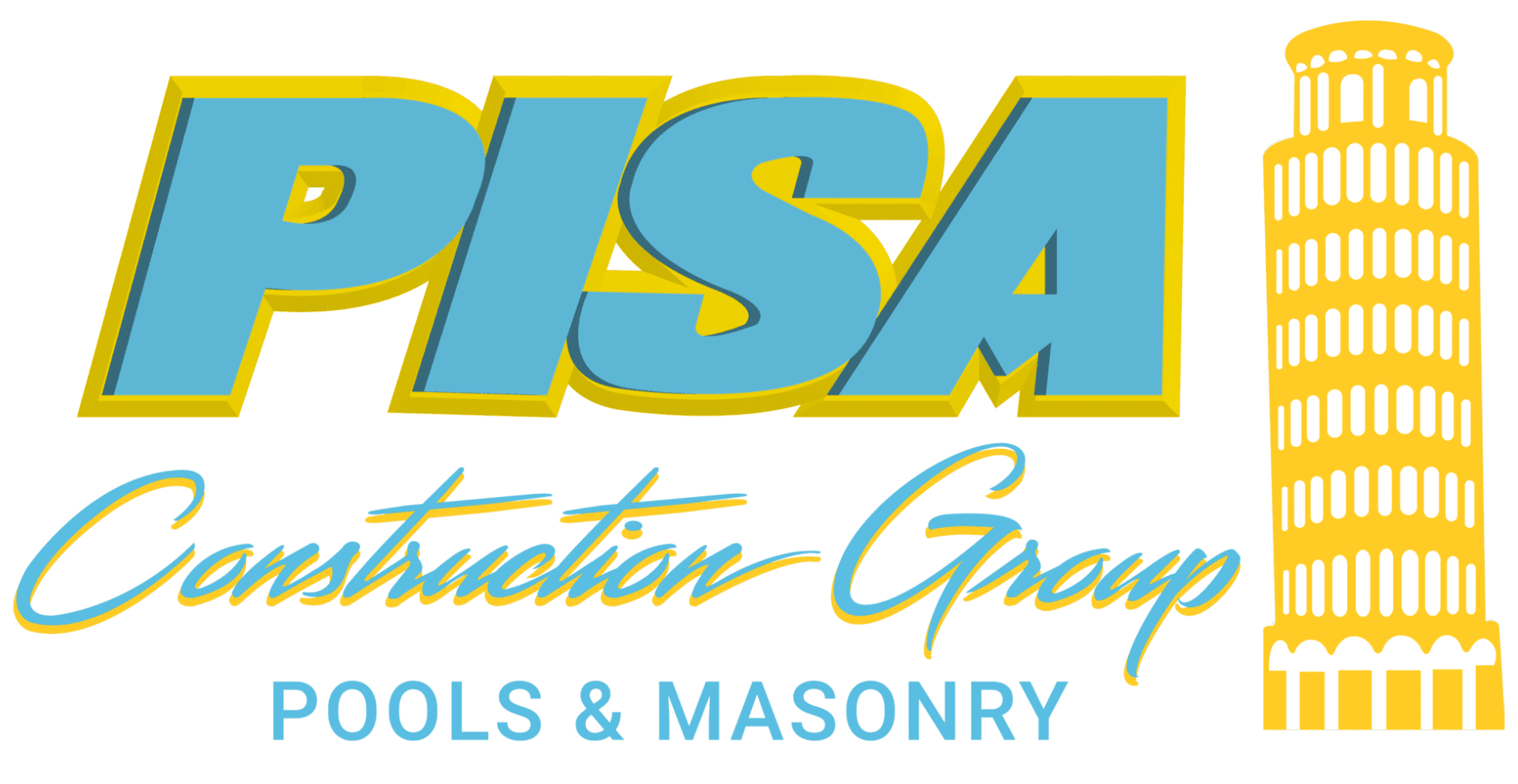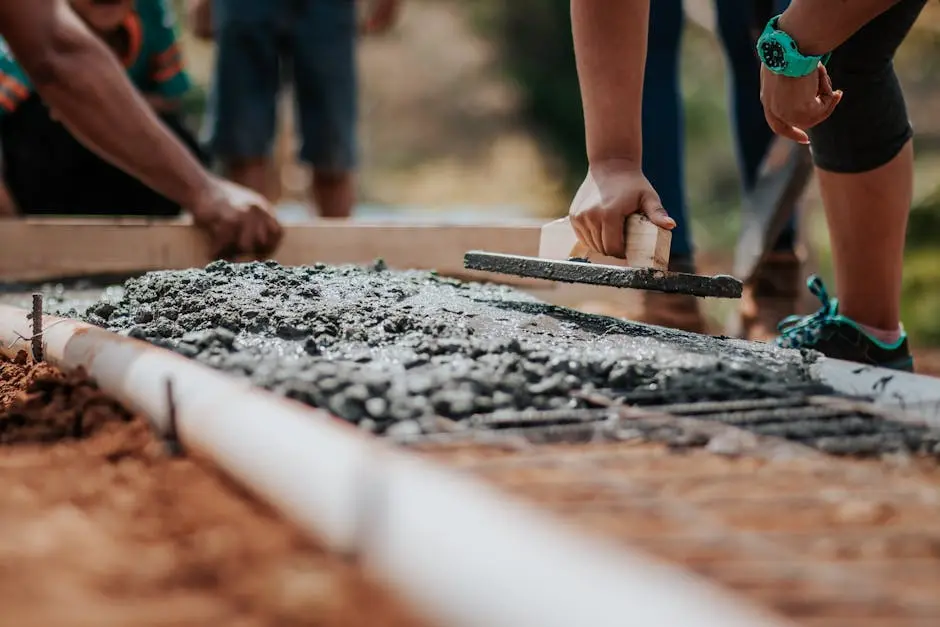Constructing outdoor projects in Hudson Valley can be both exciting and challenging. Whether you’re building a new patio, setting up a garden shed, or diving into any exterior construction, having the right strategies can make all the difference. Here, we share crucial tips to ensure your outdoor construction projects are successful and well-executed.
1. Understand Local Climate Challenges
The Hudson Valley is known for its distinct seasons, with each bringing unique challenges to outdoor construction. From the harsh winter freezes to the vibrant but wet springs, understanding how each season affects your materials and schedule is key. Winter can cause ground frost, leading to shifting in foundational structures while frequent spring rains might delay timelines and complicate project logistics.
These seasonal variations mean your project timeline must be flexible. Building too late in the fall, for instance, might expose unfinished work to damaging winter conditions. Carefully planning around meteorological forecasts and allowing buffer time for season-induced delays can save both time and resources.
2. Choose Weather-Resistant Materials
Choosing the right materials is critical in an area like Hudson Valley. Opt for weatherproof woods like cedar or redwood, which are naturally resistant to decay and can handle moisture better. Incorporating these materials not only extends the lifespan of your projects but also reduces the need for frequent repairs.
Incorporate sturdy composites that offer durability and require minimal maintenance. Metals with protective coatings resist rust and maintain their integrity despite exposure to rain and snow. By investing in quality, weather-resistant materials, you’re ensuring your outdoor constructions stand the test of time.
3. Plan for Drainage and Water Management
Proper drainage is essential in preventing water pooling and potential damage. Designing an effective drainage system will protect your construction from Hudson Valley’s plentiful rain and occasional heavy downpours. Grading the land to slope away from structures and installing robust gutter systems can help manage runoff efficiently.
Consider permeable paving solutions that allow water to seep through the surface, reducing runoff, and replenishing groundwater supplies. Such sustainable practices not only protect structural integrity but also contribute to environmental conservation efforts. Proper drainage planning ultimately saves costs associated with water damage repairs in the long run.
4. Respect the Landscape
The Hudson Valley is renowned for its natural beauty. Incorporating the existing landscape into your design enhances the aesthetic appeal while also minimizing environmental impact. This might include preserving mature trees, working with natural contours, or utilizing native plant species that require less water and maintenance.
By integrating your project seamlessly into the natural landscape, you not only maintain the region’s aesthetic charm but also promote biodiversity. Future projects can take inspiration from the topography and vegetation of Hudson Valley to create a harmonious balance between development and nature.
5. Acquire Necessary Permits
Before beginning your outdoor project, ensure you have all the required permits. Navigating local regulations and obtaining the correct documentation is crucial for staying compliant and avoiding potential legal issues. Consult local authorities early in the planning stages to understand what is needed, as regulations can vary depending on the type and scope of your project.
Ensuring compliance from the start can prevent costly adjustments or fines later on. Regular updates on regulatory changes are necessary to maintain adherence to local guidance and frameworks and prevent obstacles during the construction process. Consider seeking assistance from professionals who are familiar with Hudson Valley’s permit processes.
6. Hire Local Experts
Consider hiring local professionals who understand the specific challenges of constructing in the Hudson Valley. Their expertise can streamline your project and help address unforeseen obstacles efficiently. Local contractors often have established relationships with suppliers, which can be advantageous when sourcing quality materials in a timely manner.
Collaborating with those familiar with the area’s terrain and construction norms can prevent common pitfalls. It also supports the local economy while providing you access to a network of reliable partnerships. For a smooth and effective project execution, local insights are invaluable.
7. Prioritize Safety
Safety should be at the forefront of every construction project. Ensure that you, your team, and any visitors to the site are equipped with the right safety gear and understand the safety protocols. Regular safety meetings and clear signage can significantly reduce the risk of accidents and injuries on-site.
Implementing safety training sessions for all involved can foster a culture of vigilance and preparedness. Understanding and adhering to the latest safety standards and regulations is not only a legal obligation but a moral one—ensuring the well-being of everyone involved.
8. Incorporate Sustainable Practices
Sustainability is more than a trend; it’s a responsibility. Use eco-friendly materials and sustainable construction practices to minimize environmental impact and promote green building methods. Recycled materials, energy-efficient designs, and solar-powered lighting options are excellent choices for eco-conscious projects.
Engaging with sustainable technology not only benefits the planet but can also be cost-effective in the long term. Innovating through renewable energy sources offers a dual benefit of reducing the carbon footprint while slashing energy costs, making your construction efforts both futuristic and financially savvy.
9. Consider the Aesthetic Impact
The aesthetic element is crucial for resident satisfaction and community approval. Align the project’s design with the traditional and modern aesthetics of Hudson Valley to create a welcoming and harmonious look. This can involve choosing color schemes that complement the natural environment or designing structures that respect historical architecture.
Emphasizing aesthetic impact can lead to increased property value. Incorporating community feedback and involving stakeholders in the design process ensures the ultimate vision meets collective anticipation and respects the unique characteristics of the Hudson Valley.
10. Prepare for Future Maintenance
Ensure that maintenance is part of the initial design consideration. By planning for future upkeep, you’ll prolong the life of your construction and maintain its quality and safety for years to come. This might include choosing durable materials and finishes, as well as anticipating changes due to weathering.
Consider drafting a maintenance schedule early on to facilitate regular checks and updates. Taking proactive steps towards long-term care will reduce substantial costs and efforts over time. Adopting a preventive maintenance strategy ensures that unexpected issues do not disrupt the functionality and appearance of your outdoor structures.



